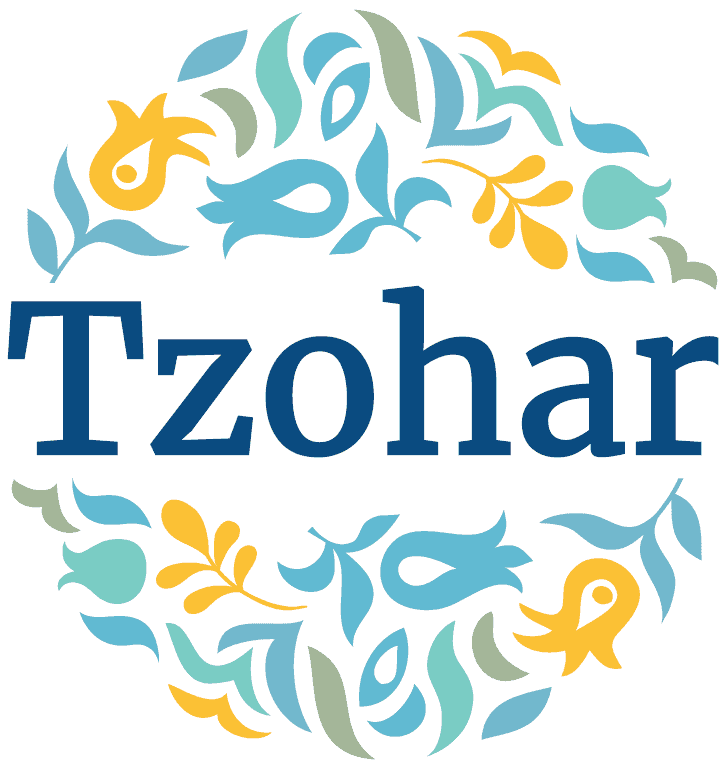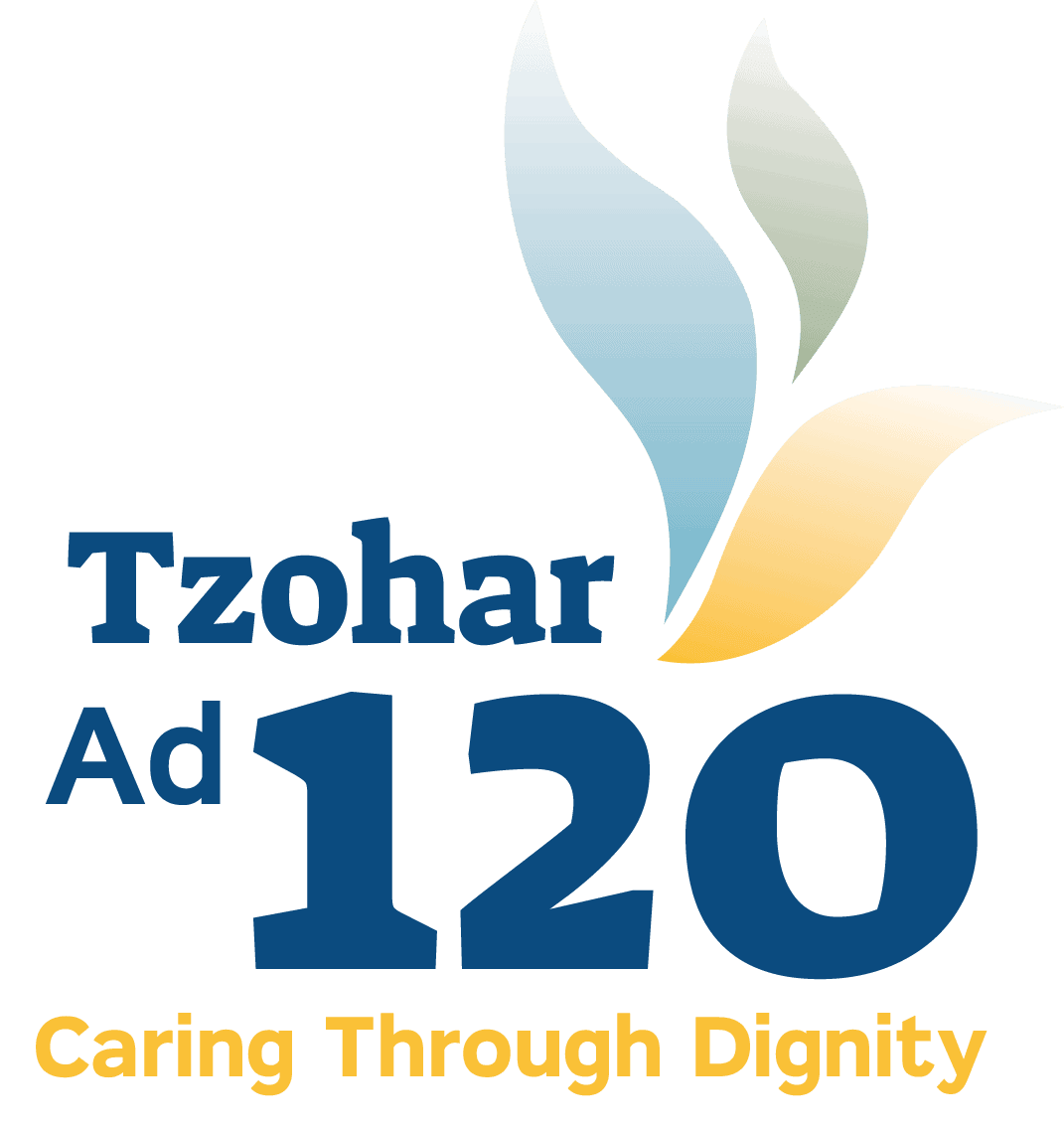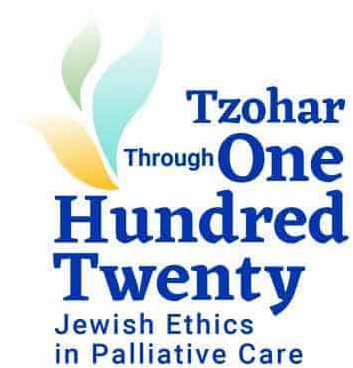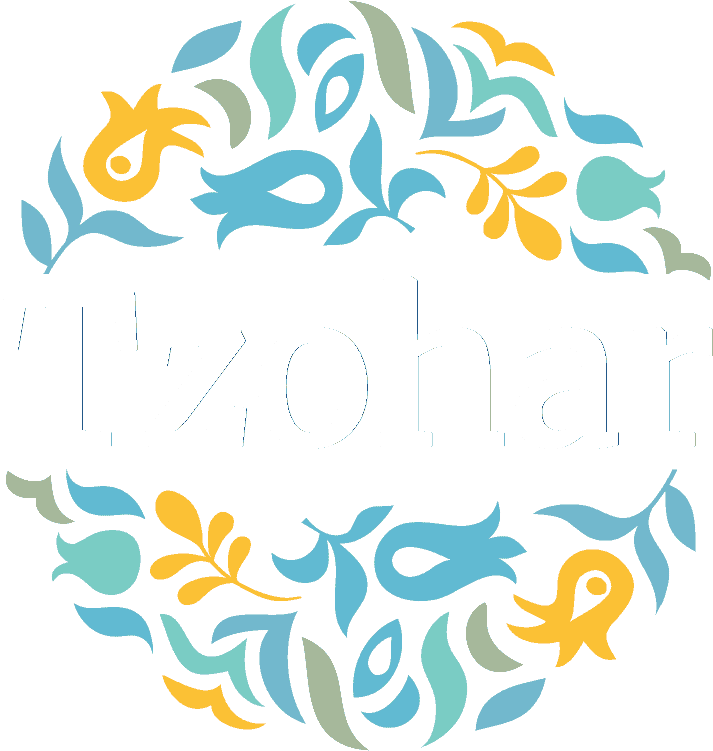1
Short Introduction Regarding Society’s Perception of Halacha
The perception of what halacha is by the greater public does not always necessarily match with halacha’s actual positions. Oftentimes, the public will assume that halacha prohibits something while practically this is not the case, and at times – halacha even encourages the opposite. The most prominent example of this is the issue of organ donation. Despite the fact that the Chief Rabbinate, headed by rabbinic greats Rabbi Mordechai Eliyahu and Rabbi Avraham Shapira, zecher tzaddikim livracha, ruled in 1987 that brain death is recognized within halacha and paved the way for enabling organ donation – the Israeli public has perceived for many years that halacha prohibits organ transplantation and that it is prohibited to donate organs. Only an initiative by the Israel transplantation center together with many Religious Zionist rabbits, the Chief Rabbi and Tzohar Rabbinical Organization, has succeeded in changing this perspective, and many observant families have answered the call of this great mitzvah and donated organs. The divide between the perception of the public and the fundamental halachic position is due to numerous factors: the culture of divisiveness in Israel and the fact that there is no position considered “the halacha” but numerous differing opinions, of which some indeed prohibit this; humankind’s tendency to believe that halacha is designed to be stringent on man, and therefore the starting point is generally “prohibited” unless otherwise indicated; ignorance that prevents one from being able to read the halachic position at its source and determine if this is the halacha; the fear of making a mistake when dealing with questions of life and death, etc.
This is also the reality regarding palliative care. The perception of halacha is that there is an obligation to fight for every second of one’s life. This belief is supported by outlooks on life such as “life does not belong to us – and therefore we are not permitted to give it up”, or “we don’t understand the value that each second of life has, and therefore one must fight at all costs” etc. Of course, there are halachic authorities that hold these positions, and because of this the prohibiting position has some degree of backing. As stated, this position also sounds “more religious”, since it places upon us a painful restriction, and therefore it is commonplace in the public sphere. The halachic ethos dictating that life belongs to God and therefore one is prohibited from performing active actions in order to take it away is derived primarily from one of the fundamental stories of Kiddush Hashem. The Babylonian Talmud recounts that when the Romans placed Rabbi Chanina ben Tradyon on the pyre, they offered his students to open his mouth in order to breathe in the smoke and lessen his suffering by shortening his life within the flames. His answer was: “… better that [my life] be taken by he who gave it (= God) and he (=man) not damage it himself” (Avodah Zara 18a). As stated, this is the most famous source expressing the ethos of the prohibition to perform an action that shortens life. However, those that quote this tend to ignore that which is written later on in the story. The Aggadah in the Talmud recounts that the executioner offers him to remove the damp woolen sponges that the Romans placed on his body in order to prolong his suffering – and Rabbi Chanina ben Tradyon accepts this offer, and even guarantees him a portion in the World to Come. A reading of both ethos together creates the moral-ethical perspective of Judaism.
2
This phenomenon – the discrepancy between the perception of halacha and the halacha itself – was experienced by one of the greatest poskim of the Chareidi world in the last generation, Rabbi Yaakov Yisrael Kanievsky (1899-1985) zecher tzaddik livracha. He writes:
“Regarding the basis for the premise that one must do all they can in order to extend the life of a patient (even temporarily), the truth is that I have heard of this saying in my childhood, and I did not know if it was reliable, but in my eyes this matter requires great analysis, for in [the Shulchan Aruch] Yoreh Deah article 339 it is explained that one is permitted to remove an object preventing the death of a patient, and only an [active] physical action is prohibited to perform, and if this is the case, I did not find a prohibition in passively preventing oneself from acting (when [providing treatment] will cause him more suffering), and on the contrary, one should learn to prevent themselves from [providing treatment]… but it seems that anything that is only for temporary life and does not actually save [the patient] is similar to the discussion regarding a goses (an actively dying patient), for a goses is considered alive on all counts, and all this requires great analysis. (Karyana DeIgrita, letter 190).
Later on in this short essay I will clarify his deliberations. The goal of bringing his opinion here is only to describe the fact that he was familiar with society’s perception that one is obligated to extend life at any cost, however when he examined reliable halachic sources – he did not only discover that this is not true, but that it is possible that it is genuinely prohibited not to transfer a patient to palliative care (“and on the contrary, one should learn to prevent themselves from [providing treatment]”).
3
The Halachic Basis for Palliative Care
Before dealing with the precise legal and halachic aspects, we must discuss the philosophic perspective of the Jewish faith. Judaism does not desire suffering, and it does not encourage or pine after the experience of suffering. However, when it does arise, there is an entire spiritual doctrine dedicated to how to deal with it, and how not to reject it but utilize it for spiritual growth. If one does decide to avoid it – this action is permissible and preferred. The most famous expression of this appears at the beginning of the Babylonian Talmud and states “not them (=suffering) and not their reward”. In other words: it is better not to have suffering even if they carry great reward for the one who overcomes its challenge.
To take matters farther, we find sources in the talmud that recount prayers said by a variety of different players for the death of talmidei chachamim, such as the students of the great Israeli amora that prayed for his death after he lost mental competence and underwent difficult trials (Bava Metzia 84a); the maidservant of the Rabbi Yehuda Hanasi who prevented the sages from praying for Rebbe, due to the fact that he was suffering greatly (Ketubot 104a), etc. When we add to this the great weight that Judaism places on the values of compassion, solidarity, the will to better the lives of others, and the weight that exists for quality of life as well – it seems that there is significant backing for allowing the transfer to palliative care.
In order to understand the ethical-halachic dilemma regarding palliative care we shall start by establishing two clear positions: on one hand, halacha is opposed unilaterally to actively shortening the life of a person. Halacha does not allow any action that involves taking someone’s life and views such an act as murder. Halacha advocates against suicide and does not allow man to take his life by his own hands. This is also the basis for the prohibition agreed upon by almost all authorities regarding disconnection from an artificial respirator and is also a part of Israeli law.
On the other hand, we do not see any explicit source for the commandment of one to fight actively for his life. There is a general heter for seeking medical care, and therefore there is also an expectation that man will not give up his life without trying to be healed. However, in cases where he feels that his death would be better than the state of life he is in, and he is suffering in a way that is burdensome for him to carry, we do not find an explicit source obligating him to pursue neither medical treatment nor an environment that would force him to deal with this situation. The halachic dilemma of course becomes: where does the border lie between shortening life, which is prohibited, and abstaining from addressing it, which is permitted?
The main source dealing with this matter is the opinion of the Rema, who represents the halachic opinion of the European rabbis in the well-known sefer “the Shulchan Aruch”. The Rema, who lived in the 16th century, approached medicine as it was understood at the time. Therefore, one who wants to read his opinion must ‘bring himself back’ five hundred years into the past, learn his ruling based on the medical background then, return to the 21st century with the principles, and implement them into the medicine known today:
“and so too it is prohibited to expedite death, such as one who has been dying for an extended period and is unable to pass, it is prohibited to forcibly remove the pillow and blanket from under him, for there are those that say feathers of certain birds can [prevent death], and he should not move him from his place, and it is prohibited to place the keys of the synagogue under his head in order to make him pass, but if there is something that is preventing his soul from leaving, such as a beating sound near the house such as a woodcutter, or there is salt on his tongue, and these prevent his soul from leaving, it is permitted to remove them, for this is not considered an action but removal of a preventative object” (Rema on the Shulchan Aruch, Yoreh Deah, 339).
From his words it seems that there is a line, but it is difficult to qualify where it is drawn. Prohibited actions are ones that bring death closer, whether medically (removal of pillows with feathers that prevent death according to the medical knowledge of the time) or mystically (placing keys of the synagogue underneath them). In the same vein, it is permitted, and even obligatory, to cease performing actions that prevent the person from dying and ascending to their final resting place peacefully, such as knocking a hammer in the neighboring house, which awakens the ill and does not allow him to die peacefully or having salt on his tongue. These matters have been discussed in great detail, mainly surrounding the difference between removing salt, which is permitted, and pillows, which is prohibited. The variable present in all discussions is the search for the line that divides between one action and another. Additionally, the discussions deal with the attempt to determine the stage at which these halachot are relevant.
Rav Kanievsky ztz”l was not the only posek to reach the conclusion that alongside the obligation of a person to seek medical care, and of course the prohibition of suicide, there is a stage where it is permissible for a person in great suffering to move to symptomatic treatment in order to enable the best possible quality of life close to their end. Many Gedolei Torah have ruled as such. An organized background for the halachic position regarding a terminally ill patient can be found in the overview essay of Rabbi Prof. Steinberg, and the primary sources for this discussion can be found there. The ethical-halachic basis for palliative care is thus: when there is no chance for recovery, the humane action to do is to listen to the patient’s requests, or whoever best represents them in the circumstance that they are unable to make decisions independently. Listening to them includes their request not to suffer anymore and move to symptomatic treatment, in other words: treatment with quality of life in mind. This treatment is not prohibited by halacha, for halacha has given doctors the power to heal, however in cases with no chance of recovery – there is no obligation for doctors to perform this, and even more so – it is possible that they are not permitted to do so. This is the place where the power of compassion, mercy, and partnership is emphasized. Honoring the wishes of a patient by ceasing treatment, withholding painful forms of nutrition, deciding not to ventilate or opting out of resuscitation fit well with the path of halacha, and also are the simplest form of humanity and morality. We are not discussing performing active actions that shorten life, but withholding heroic actions that will not successfully heal the patient. In this fashion we address the tzelem elokim within man, and act according to the halachic principle of respecting God’s creatures by honoring the patient’s wishes. One should tailor a patient’s treatment plan according to their wishes, what would be dignified for them, and what enables them to pass away in the most appropriate fashion. Halachic authorities have also permitted using painkillers, despite the risk involved in some of their use. All this is due to the proper outlook that man’s chapter is coming to an end, and the commandment is to allow him to experience this in the fashion that is desired by him and actualizes his will. This is the way of life, as Kohelet conclude: “and the spirit shall return to God as it was given”.





